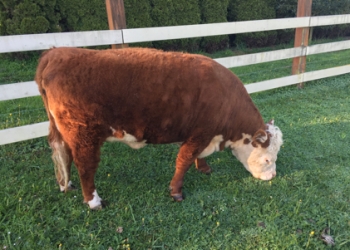Sequim farms are part of our history, including cattle grazing, dairy farms (only two left), cabbage, hay, strawberries, and lavender. We also have a surprising number of Sequim farms on a small scale for horses, Alpacas, sheep, and we have many families who raise two to six cows for beef. My own boys were in 4-H. One son raised sheep and the other son raised a pig. The Clallam County Fair is a major event every year.
Sequim Farms and Animals
Sequim Farms and Rural Flavor
As you drive around Sequim, through the valley and up the country roads into the hills and even along the waterfront in some areas, the history of Sequim farms reveals itself. This is one of the reasons so many of us find it so peaceful here. This is a rural setting, and there’s something very peaceful about seeing cows or horses or sheep grazing in the fields. We still have a lot of Sequim farms, many are small family farms now, but there are still some that are 40 to 200 acres.
Sequim Farms are Perfect for Animals
It’s common to see cows or sheep mowing the grass on a few acres (or five or 10 acres) around a Sequim home. Cows and sheep are low maintenance animals who do one thing very well–they eat grass day and night. Horses, of course, are not low maintenance, but we do have a surprising number of horse owners in the area. This is a great climate for horses, because it’s not very cold even in the middle of winter, and the summers are not too hot either. In addition, we have a great climate with sunshine and sufficient rain as well as rich soil, so the fields tend to grow healthy and nutritious grass and hay.
Many retirees want some acreage and a little privacy, and so it is no surprise that there are many Sequim farms with two to 10 acres. If you are not in a subdivision with small lots where there may be a prohibition in the CC&R’s against raising cows, sheep, or horses, having a few grazing animals is a great way to keep the property mowed but in a natural state.
If you buy property in the mountains south of Sequim, you will have more predators when lambs or calves are born. Yesterday I spent time on a 25 acre parcel with a log home in the mountains, and the owner told me they do have a cougar and a bear that periodically come around. We don’t have these predators in the Sequim valley, and rarely do we see cougars in the mountains, and the odds of seeing a bear is as rare as winning the state lottery. We do have coyotes in the valley as well as racoons. Cows and horses can take care of themselves. Sheep tend to be afraid of their own shadows.
Sequim farms are a wonderful part of the history of Sequim and you can still buy a small Sequim farm if you want to raise animals.
Last Updated on September 4, 2011 by Chuck Marunde




























